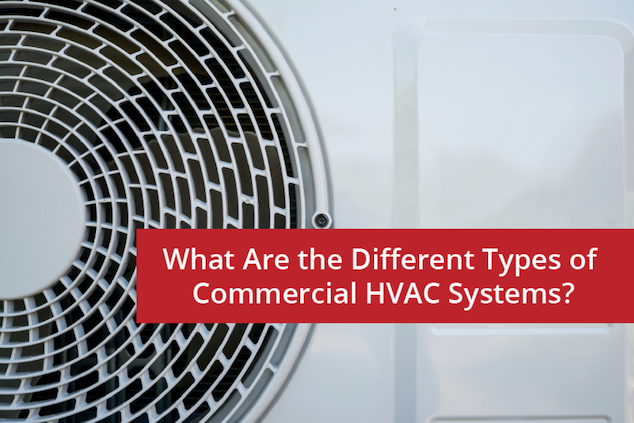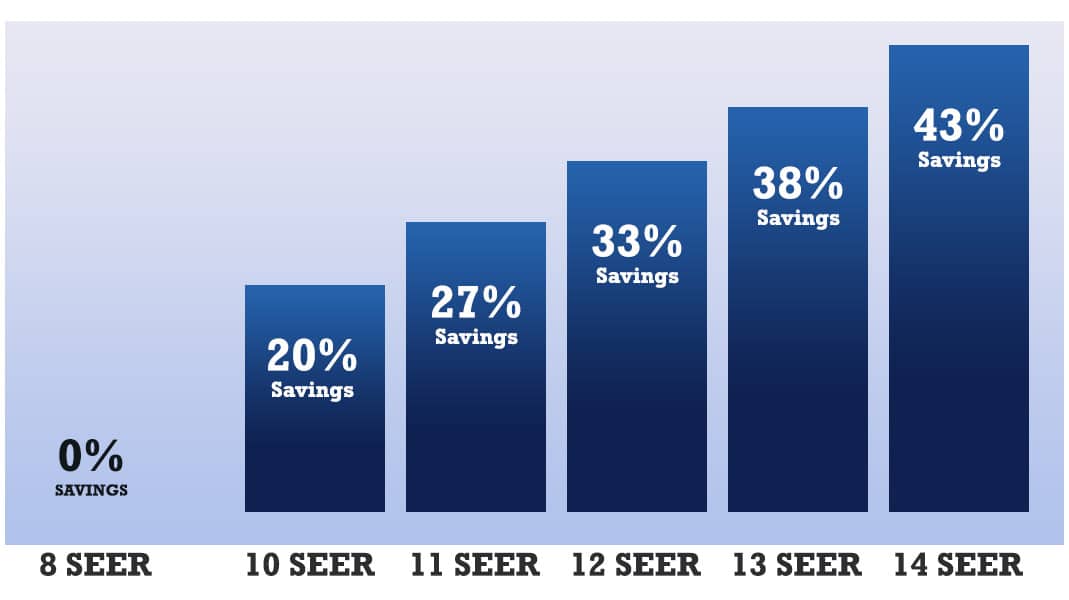
Efficiency Metrics to Understand Within HVAC Systems: What metrics to consider when dealing with home utility costs and systems to install.
Home utility costs are a big deal for virtually anyone who owns a home, and even many who rent. There are numerous factors that impact your utility costs and particularly your HVAC costs, from the state you’re in to the way you use your system, the components installed in it and many others.
One area that’s tied directly to costs: Efficiency. The more efficient your HVAC system is, the better it can heat and cool your home without requiring additional strain that is reflected on your bill at the end of each month. Anytime you purchase a new HVAC system, whether for heating or cooling, you should consider its efficiency – which is defined in large part by one of several industry-standard metrics. Let’s look at what several of these are and what you have to consider when looking at them.

SEER Rating
For cooling areas, the primary metric to be aware of is known as the SEER rating, which stands for seasonal energy efficiency ratio. This number is meant to measure the amount of cooling the system provides you compared to the electricity that’s being used to power the system.
SEER ratings begin at 10.9 on the low end and can range as high as the mid-20s. To calculate them, the entire cooling output created during a given cooling season is divided by the total electric energy used during that same time period. As you may have guessed, then, a higher SEER number refers to a more efficient AC unit. While higher SEER ratings may make a new system slightly more expensive, these costs tend to pay off in big ways down the line through monthly cost savings.
EER and IEER
EER and IEER are both variations of SEER ratings that are used less often. Here’s what they refer to:
- EER: The same as SEER ratings, but without a seasonal factor. They use a single outdoor and indoor temperature number for calculations instead, making them more general and less commonly utilized.
- IEER: These are usually used for split-system AC units that have to have multiple handlers present.
AFUE
Now let’s look at heating areas, for which the most common metric is AFUE, or annual fuel utilization efficiency. Basically, this number tells you how efficient a boiler or furnace system is by tracking the amount of fuel used up during operating. It converts this number into a percentage showing how much of the fuel is directly used on heating compared to how much is wasted – a higher number means greater efficiency. AFUE is expressed as a percentage between 0 and 100.
HSPF
Finally, a less common heating metric is HSPF, which stands for heating seasonal performance factor. It’s most commonly used for heat pumps, calculated by dividing heating input by overall electricity used. Numbers range up to 10, and once again, higher is better.






